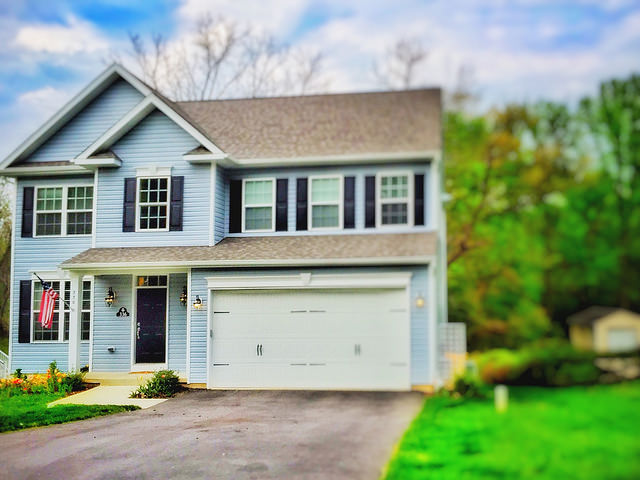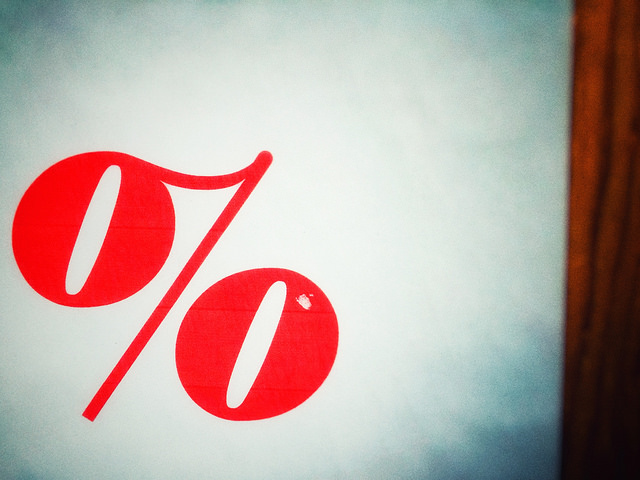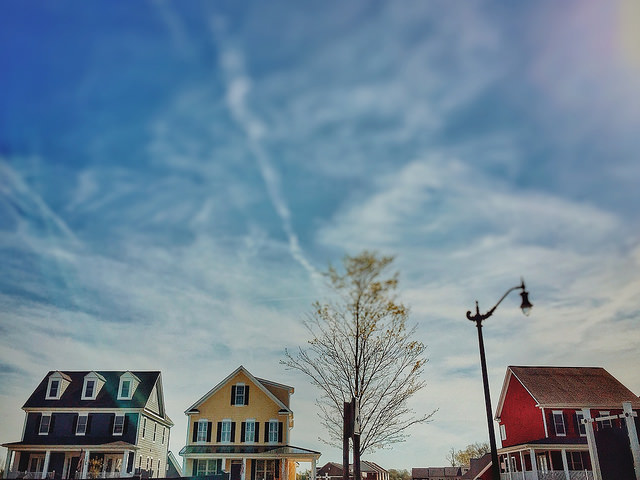So far this year, there has been a lot of talk about higher home prices, declining affordability, and a lack of available homes for sale. But, according to the National Association of Realtors, demand remains strong and sales of previously owned homes just had their best first quarter since 2007. Lawrence Yun, NAR’s chief economist, says the housing market continues to make gains despite the challenges facing home buyers this spring. “The housing market continues to expand at a moderate pace in spite of the fact that home prices are rising too fast in some areas because of insufficient supply fueled by the grossly inadequate number of new single-family homes being constructed,†Yun said. “The good news is that pending sales in recent months have remained stable and should support a modest gain in home sales heading into the summer.†Yun is forecasting home sales to finish the year at their strongest pace in a decade. With mortgage rates still historically low and an improved job market, home buyers are showing that they aren’t deterred by higher prices. However, Yun cautions that there needs to be an increase in the number of homes for sale in order to meet the level of demand from buyers and keep prices affordable. More here.













